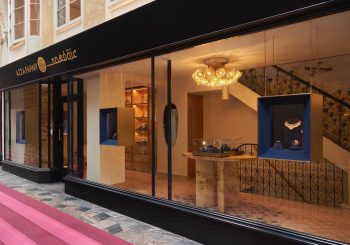A clear indication of Ramadan coming to an end and Eid Al-Fitr approaching is the sight of these often sugar covered cookies called “Kahk.”
Eid Al-Fitr, also called Feast of Breaking the Fast for non-Arabic speakers, is a three day Muslim festival in which Muslims celebrate the end of Ramadan and a month-long daytime fast. Eid Al-Fitr comes on the first day of the month Shawwal in the Islamic calendar.
During Eid Al-Fitr Muslims dress in their finest clothing and decorate their houses with colorful lights and decorations. A general spirit of generosity and gratitude colors this three-day celebration.
Kahk is a significant part of Eid Al-Fitr celebrations; oftentimes Muslim families celebrate Eid by eating Kahk and many of its Middle Eastern variations.
It is so popular that an Egyptian poet called Fouad Haddad wrote about kahk: “Oh kahk, master of generosity … we will never stop making you.”

This delectable treat dates back to the Pharaonic era. People are depicted making Kahk on the walls of the Pharaonic temples in Thebes and Memphis. Ancient Egyptians used to mold Kahk into different geometrical forms and then the image of the ancient sun goddess Athon would be added to the surface of the biscuit.
Today, Kahk is mostly circular and is often soaked with powdered sugar. Some of its variations and dessert biscuits also eaten during Eid are Ghorayeba, a butter biscuit that melts in your mouth as soon as you eat it, and Maamool, a biscuit usually filled with date pudding.





Comments (6)
I agree! We’d love a recipe of this cookie with a powerful history!
You should add a recipe!